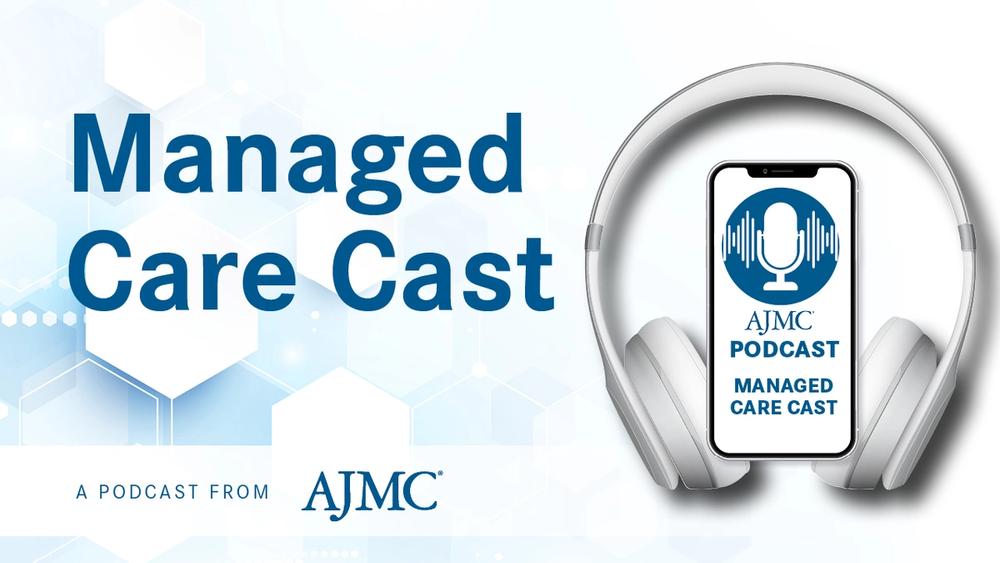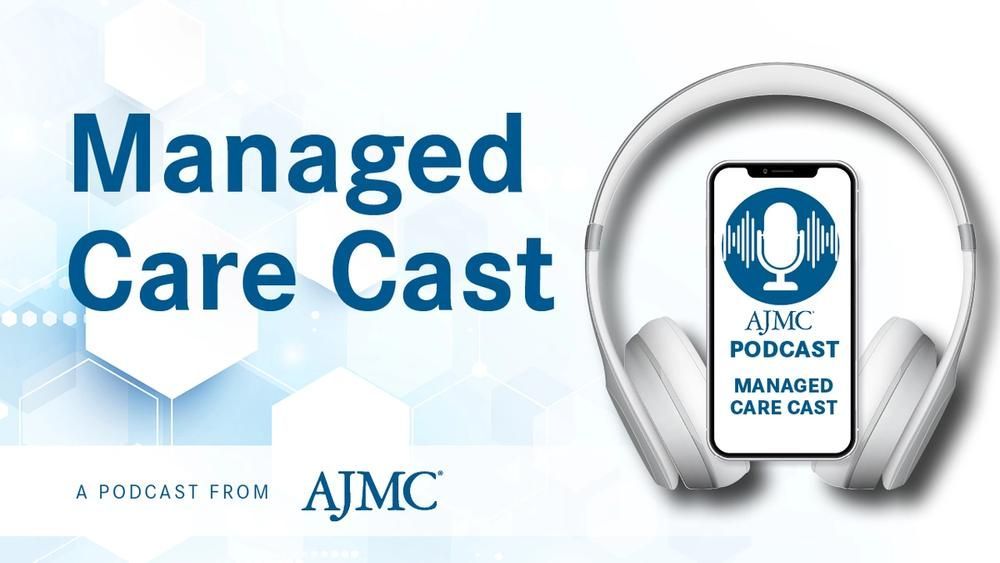News
Article
Trump’s First 100 Days: Workforce Cuts, Drug Pricing, and Medicaid Reform
Author(s):
Key Takeaways
- The Trump administration prioritizes immigration, tax cuts, and workforce reductions over healthcare, with significant HHS layoffs and policy rollbacks.
- Drug pricing reforms focus on enhancing Medicare negotiations, increasing transparency, and addressing anticompetitive practices, while tariffs on pharmaceuticals pose risks.
Early actions by the new administration signal major changes in health policy, taxes, and pharmaceutical pricing.
Within the first 100 days of the new administration led by President Donald J. Trump and Congress, sweeping policy shifts are already reshaping the landscape, with priorities such as tax cuts and major workforce reductions, including 20,000 layoffs at HHS, taking center stage, according to a panel of experts at Asembia’s AXS25 Summit.1

In the session, they discussed the impact of the new Trump administration’s actions on health care, focusing on drug pricing changes, potential pharmaceutical tariffs, deep Medicaid reforms through budget reconciliation, and the looming impact of the Inflation Reduction Act (IRA) on Medicare negotiations and drug costs through 2028.
Actions Over the Last Few Months
In the first 100 days of the new administration, the focus has shifted sharply from health care to immigration, tax cuts, and workforce reductions, explained panelist Emily Murray, partner at Tarplin, Downs & Young. Unlike the first Trump administration, which prioritized health care reform through repeal-and-replace efforts, this time health care has not been a top agenda item.
"The big difference from this administration, this round of the Trump administration, from the first time, was that they came into that with a health care focus," said Murray. "This time around, they don't want to do health care."
Instead, the administration has prioritized reorganizing HHS, laying off 20,000 employees, and introducing executive orders to roll back Biden-era health care policies. While some areas like the Centers for Medicare & Medicaid Services have been handled more cautiously to avoid disrupting Medicare beneficiaries, broader efforts to overhaul HHS agencies, cut spending through budget reconciliation, and expand initiatives like the Make America Healthy Again program has marked the administration’s aggressive approach. Congress, meanwhile, has focused heavily on the Congressional Review Act to rescind existing regulations, particularly in environmental and financial sectors, explained Murray.
“The Democrats have come into these first 100 days with a feeling of, this seems familiar," explained Peter Fise, partner at Tarplin, Downs & Young. "This round feels more organized and more strategic in the way that they approach kind of their organized chaos."
Democrats have found it harder to focus on a single galvanizing issue as they did during the 2017 Affordable Care Act repeal battle, explained Fise. Instead, they have leaned heavily on messaging to drive public awareness and opposition, especially around tariffs, the economy, and the defense of the Medicaid program. Democrats have also warned of the real-world consequences of massive layoffs at HHS and agency restructuring, which they argue could disrupt health care delivery and services, continued Fise.
Drug Pricing and Tariffs
One major action from the administration was the release of a drug pricing executive order, described as the first real opportunity to see the administration's full approach to drug pricing in one place, according to Ashley Flint, a principal in the policy practice, Avalere Health.
The executive order intends to enhance the Medicare Drug Price Negotiation Program by increasing transparency, targeting high-cost drugs, and preserving pharmaceutical innovation, while also addressing anticompetitive practices and stabilizing Medicare Part D premiums, according to the Trump administration.2
Additionally, tariffs have emerged as a major area of focus.1 While tariffs were a consistent campaign theme, their application to pharmaceuticals had remained uncertain until now. The strategy is to lead a Commerce Department-led investigation into pharmaceutical tariffs, although recognizing that the global nature of drug manufacturing and pricing makes a blunt approach risky, explained Flint.
“I'm trying to have a more thoughtful approach on what are the policies, what are the tariffs, and the levers that they can pull so that they're not just increasing costs on patients and having access issues,” said Flint.
Recently, the Trump administration signaled it views foreign pharmaceutical manufacturing as a national security concern, prompting the Department of Commerce to launch a Section 232 investigation into pharmaceutical imports.3
Furthermore, the president’s personal involvement, desire for fewer exemptions, and the looming outcome of a Section 232 investigation on May 7 all suggest that tariffs on pharmaceuticals could have significant and lasting impacts, continued Flint.1
Budget Reconciliation
This week marks a pivotal moment in Washington, DC, as Congress begins revealing the substance behind the budget reconciliation process they have been preparing since the start of this session, noted Murray. Reconciliation—a tool often used for partisan policymaking—allows for passing tax, spending, and deficit-related measures with a simple Senate majority, bypassing the filibuster. The House is combining tax cuts, spending cuts, and debt ceiling increases into a single package, aiming to balance "sweeteners" with politically tougher decisions.
Particularly, the House Freedom Caucus has demanded at least $1.5 trillion in spending reductions to offset the cost of extending the Trump-era tax cuts, plus raising the debt ceiling by $4 trillion. Committees like Energy and Commerce, tasked with significant savings targets—around $880 billion—are beginning the markup process, with substantial Medicaid reforms expected. Meanwhile, Ways and Means is coordinating with Senate Finance to assess tax provisions to avoid major revisions later. The goal is to pass the reconciliation package through the House before Memorial Day and deliver it to the Senate for expedited consideration, ensuring the debt ceiling is raised in time to avoid hitting the high projected by early summer, noted Murray.
Implementation of the IRA
The IRA is also entering a critical phase, with the Trump administration positioned to significantly influence the implementation of the 2026, 2027, and 2028 drug pricing reforms, explained Flint. For 2026, while Maximum Fair Prices (MFPs) have been announced, challenges remain.
"There are definitely still some outstanding operational and technical questions as it relates to how manufacturers will be making those MFPs available to dispensing entities,” said Flint.
Additionally, delays in appointing the Medicare transaction facilitator and concerns about pharmacies’ cash flow—stemming from the gap between acquisition costs and reduced reimbursement rates—could lead to patient access issues, explained Flint. Meanwhile, negotiations for the 2027 drug cohort are underway, with the administration signaling an intent to drive even lower MFPs and greater Medicare savings compared with the Biden administration's results. Looking ahead to 2028, initial guidance is expected soon, marking the first time that Part B physician-administered drugs will be eligible for selection, which raises new policy complexities, including potential renegotiations of previously set drug prices.
References
1. Fise P, Flint A, Murray E, et al. The first 100 days: Key insights on the new administration and Congress. Presented at: AXS25; April 28, 2025; Las Vegas, NV.
2. Steinzor P. Trump signs executive order to lower drug prices. AJMC®. April 16, 2025. Accessed April 29, 2025. https://www.ajmc.com/view/trump-signs-executive-order-to-lower-drug-prices
3. Steinzor P. Trump tariffs on pharmaceuticals risk causing higher costs, drug shortages. AJMC. April 25, 2025. Accessed April 29, 2025. https://www.ajmc.com/view/trump-tariffs-on-pharmaceuticals-risk-causing-higher-costs-drug-shortages





